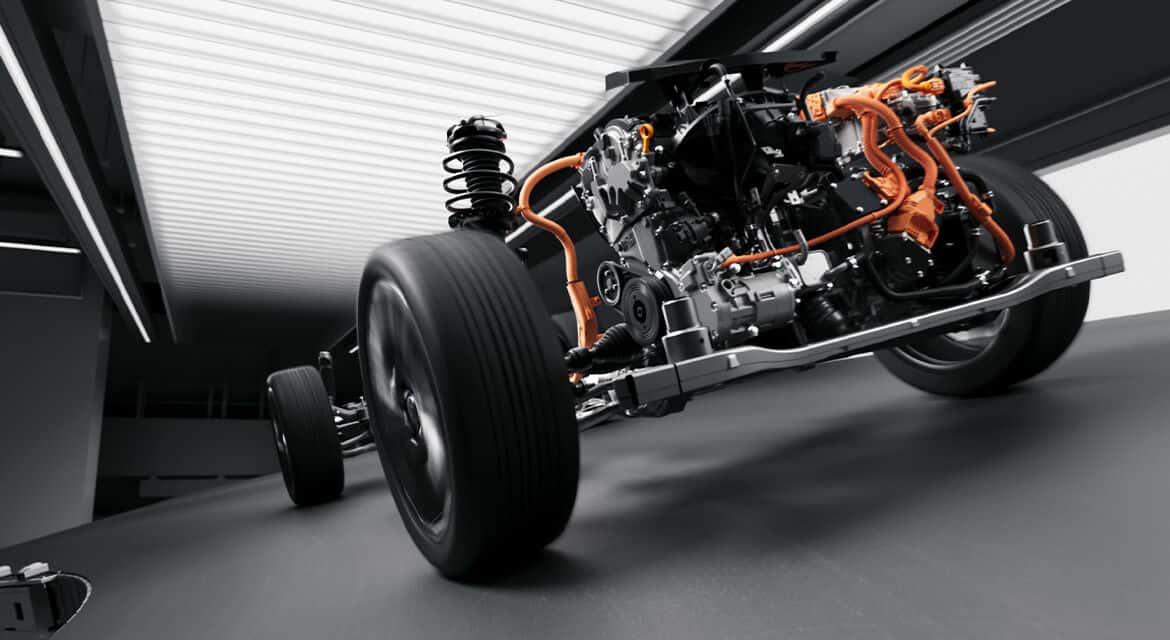Hyundai Unveils Next-Generation Hybrid Powertrain: Smart Transition to Electrification

picture: Hyundai Motor Company
Hyundai Motor Group has introduced a new hybrid powertrain featuring a dual-motor setup and an over-expansion cycle engine, promising major improvements in efficiency and performance as part of its broader electrification strategy.
Hyundai Motor Group has pulled the curtain back on its next-generation hybrid system, a significant leap blending combustion and electrification technologies. Unveiled at the ‘Next-Gen Hybrid System Tech Day’, the new system employs two electric motors – P1 for engine support and energy regeneration, and P2 for propulsion and regenerative braking. This setup enables precise torque control and optimized energy use.
Central to the system is a 2.5-liter turbocharged engine using an over-expansion cycle. This design enhances thermal efficiency and combustion stability while boosting overall performance. Coupled with new piston technology and a triple fuel injection system, the hybrid achieves:
- Fuel economy: 14.1 km/L
- System output: 334 PS
- Torque: 460 Nm
Compared to Hyundai’s existing 2.5 turbo gasoline engine, the hybrid is 45% more efficient, with 19% more power and 9% higher torque.
Hyundai also revealed an upgraded 1.6-liter turbo hybrid for mid-size SUVs, delivering better fuel efficiency and stronger low-end torque.
Strategic Outlook: Bridging the Gap
Rather than racing solely toward BEVs, Hyundai’s new hybrid platform is modular, scalable across vehicle segments, and designed to meet varying market demands. It reflects a pragmatic strategy—accelerating electrification while accommodating regions and consumers not yet fully ready for BEVs.
Dong Hee Han, Head of Electrified Propulsion Test Center, noted the hybrid system draws on Hyundai’s combined expertise across ICE, hybrid, and EV technologies, ensuring flexibility in the transition to full electrification.
Conclusion
While EVs dominate headlines, Hyundai’s sophisticated hybrid system demonstrates the real-world engineering needed during this transition phase – combining immediate fuel economy gains with future-ready electrification architecture.
References:


